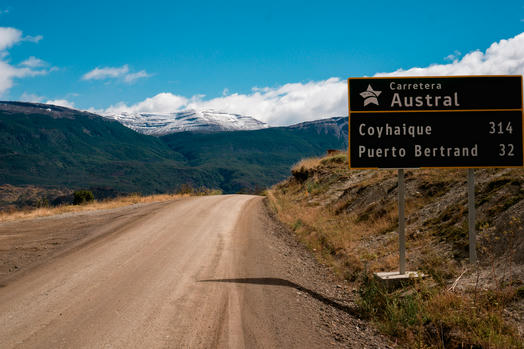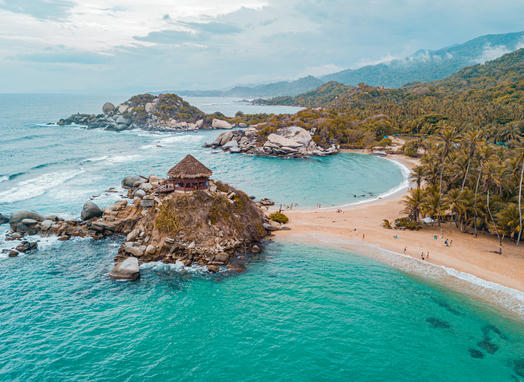Remember Costa Rica 25 years ago? That raw surf culture, the dirt-road villages, the hammock hostels on the beach where morning yoga meant clearing sand off your mat? That version of Costa Rica has moved north. Nicaragua is where the real adventure is now. If Costa Rica has become the boutique, yoga-brunch version of itself, Nicaragua is its barefoot younger sibling—still wild, still wandering, still figuring it all out. And for some of us, that’s exactly the kind of place we want to be.
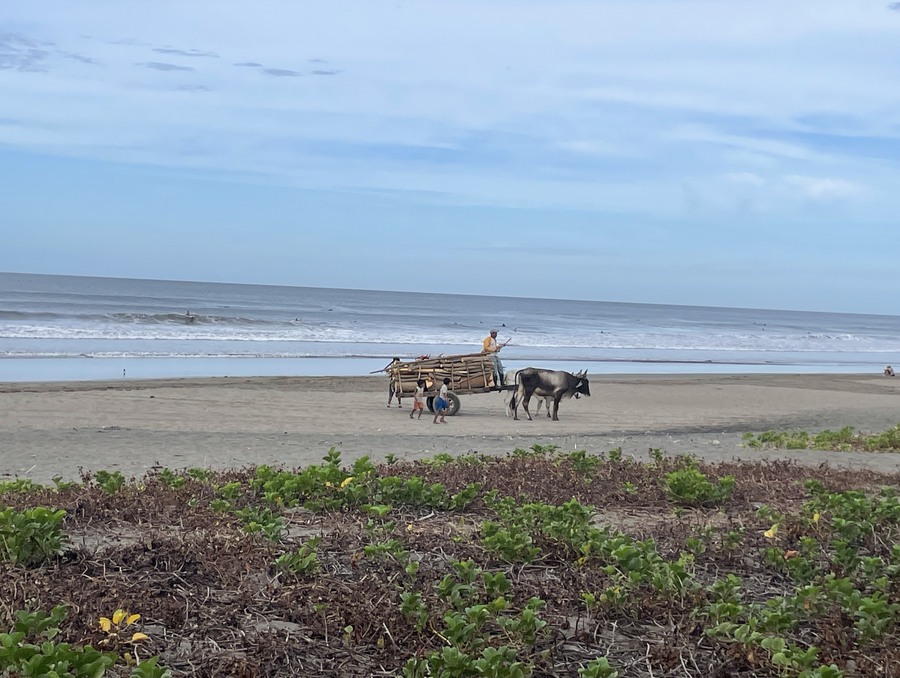
Surf First, Ask Questions Later
Let’s start with the surf. Nicaragua’s Pacific coast is a long, sunburnt stretch of world-class waves and uncrowded beaches. From the volcanic sands of Playa Maderas to the reef breaks near Popoyo, the vibe is what surfing used to be before it got monetized into resorts and surf schools with “eco” in the name but $200/night price tags. The waves are just as good—arguably better—and you’ll often share them with a handful of locals and that one guy who's been sleeping in a hammock at a backpackers' hostel for six months.
Yoga on the Beach
Yoga isn’t packaged in glossy wellness retreats here. In Nicaragua, it’s earthy. Think open-air shalas built from driftwood and palm thatch, monkeys heckling your savasana, and classes that cost less than your breakfast. Places around San Juan del Sur and El Transito are dotted with small studios and casual community classes. It’s yoga with sand on its feet.
Not like in Costa Rica, where it’s still yoga—but the kind where you spot girls in $150 Alo Yoga leggings sip $10 matchas before hopping on standing business calls with AirPods and MacBooks. It’s not bad—it’s just... different.
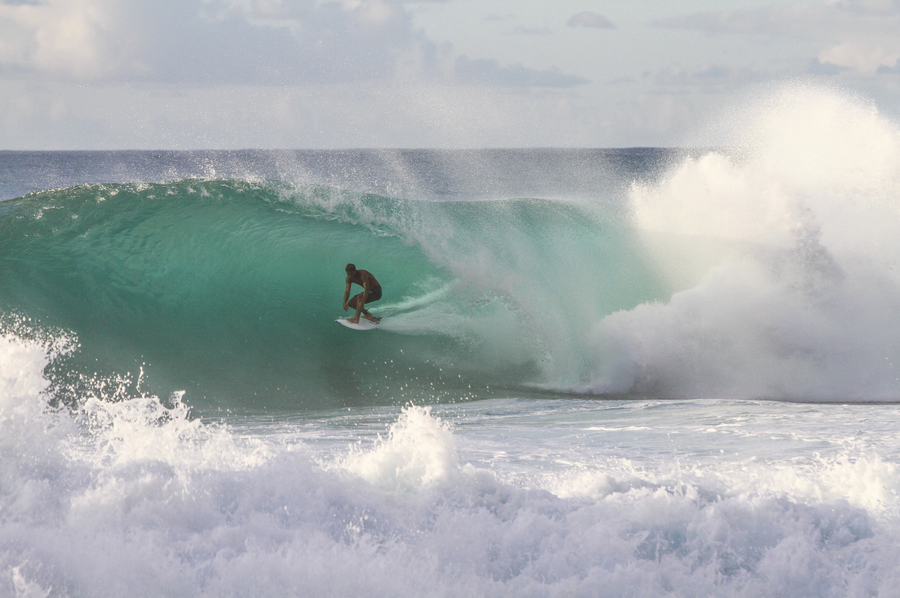
Affordable Feels Like Freedom
Costa Rica is beautiful—but these days, it’s not cheap. A decent meal in Tamarindo or Nosara might cost more than your hotel room in Nicaragua. Rent, food, board rental, transport—Nicaragua undercuts Costa Rica on nearly every line of your budget. And that matters. Especially if you’re a long-hauler, slow traveler, digital nomad, or someone who just wants to stretch out in a place without being squeezed by tourism pricing.
When your dollar goes further, you travel slower. You don’t rush the experience. You stay for the swell, for the new moon, for no reason at all.
It’s Still a Bit Wild—and That’s the Best Part
Adventure is still alive here. Roads are bumpy. Power sometimes goes out. You may have to ask around for the right colectivo or negotiate a boat ride to a hidden beach. That’s not a bug—it’s the whole point. Nicaragua still feels like something. Like travel, not vacation. Like exploration.
Wild places are getting rarer. Nicaragua won’t be like this forever. Maybe in a few years, it’ll have its own version of luxury surf yoga retreats with infinity pools and gated villas. But right now? It’s raw, real, and refreshingly free.

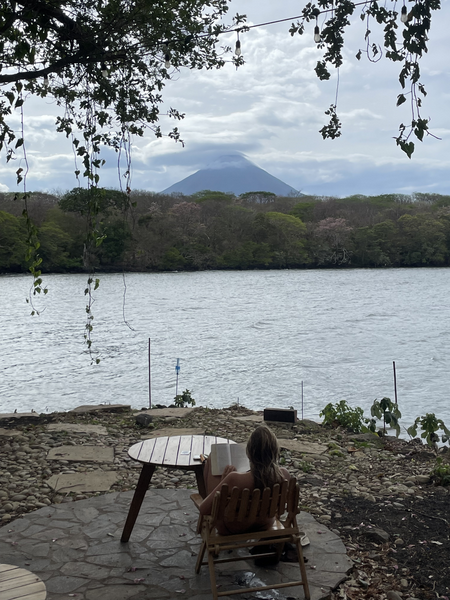
Pro Tips for the Curious:
- Getting There: Fly into Managua or Liberia (CR) and cross the land border. Shuttle vans and buses are available.
- Stay: Look for surf hostels near Playa Maderas, Popoyo, or even up north in Miramar. You can still find beachfront dorm beds under $20. If you want to treat yourself to something really nice, go to Alive Beach House,—barefoot luxury that’s still affordable. Plus, it draws a genuinely lovely crowd with a great sense of community.
- Move: Chicken buses, or... taxis! A taxi ride from town to town might be as affordable as an uber in your town.
- Safety: Yes, it’s safe. Stay aware, like anywhere, but locals are warm and welcoming. Avoid cities during political flare-ups, and check for updated travel advisories.
